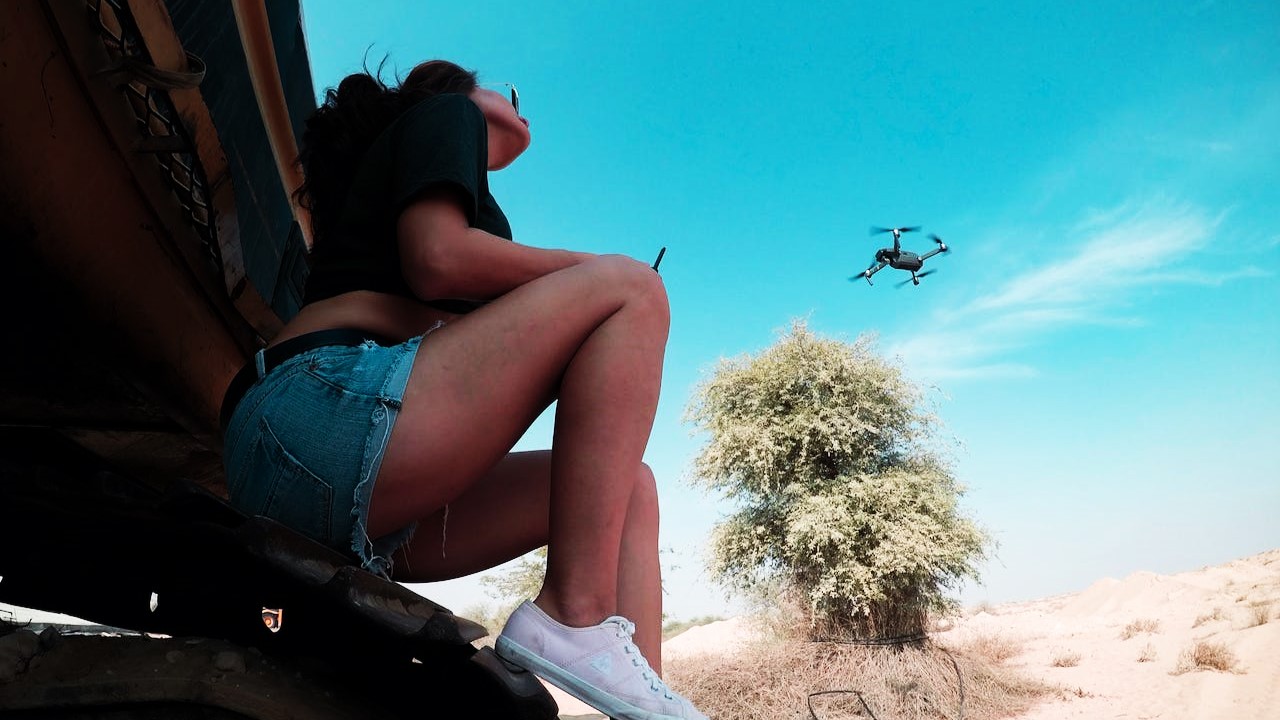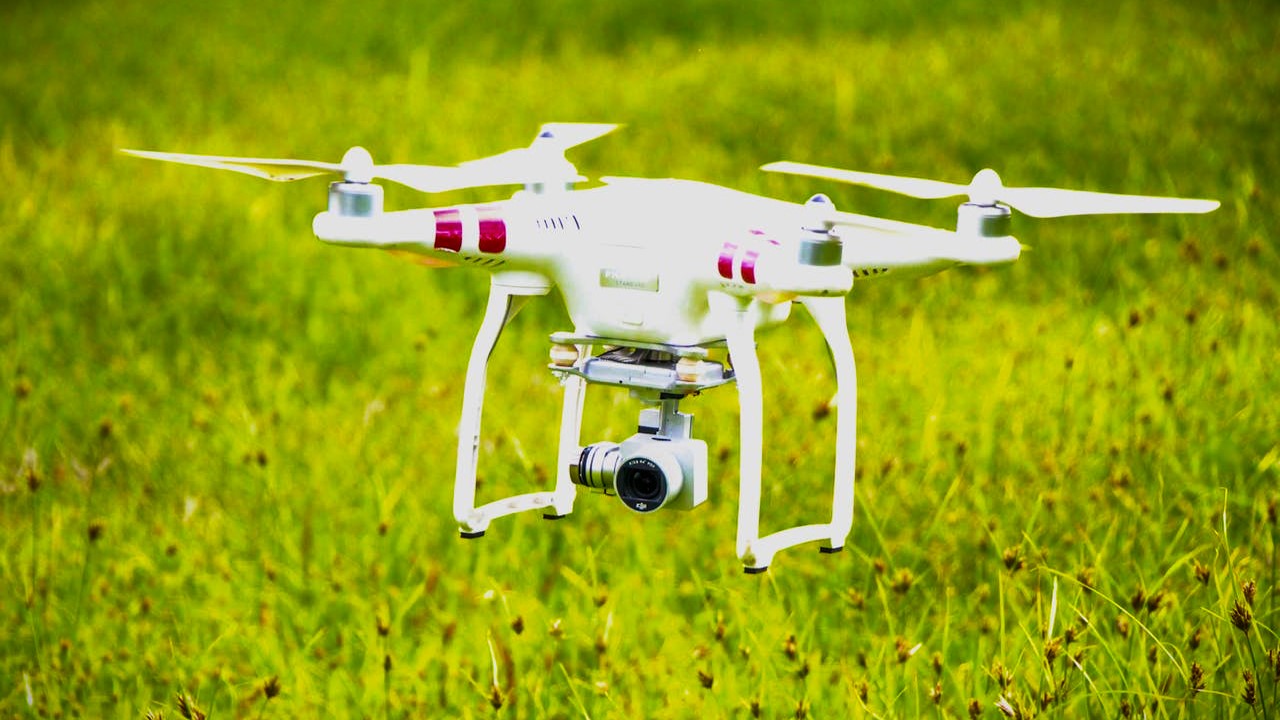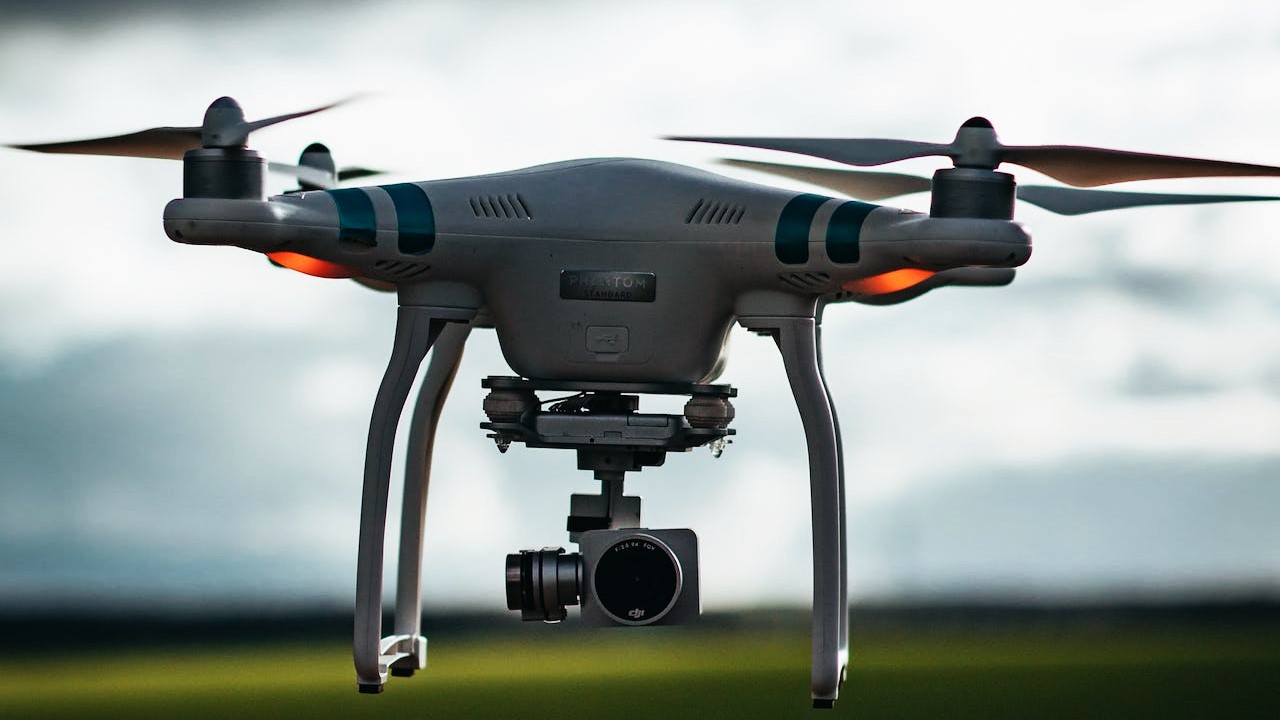Remote control drone with camera is an exciting innovation in the ever-evolving world of technology, a marriage of drone with advanced imaging capabilities. This fusion of flight and photography has opened up new vistas for enthusiasts, professionals, and industries alike, offering unprecedented perspectives and creative possibilities. In this article, we’ll delve into the multifaceted realm of remote control drones equipped with cameras, exploring their applications, features, and the transformative impact they’ve had on photography and videography.

The Evolution of Aerial Imaging
The concept of capturing images from the sky is not entirely new, but the accessibility and versatility afforded by remote control drones have revolutionized aerial photography. These compact and agile devices empower users to effortlessly navigate the skies, capturing stunning visuals from perspectives previously reserved for professional photographers or costly equipment.
Applications Across Industries
1. Photography and Cinematography:
Remote control drones with cameras have become indispensable tools for photographers and cinematographers. They enable the capture of breathtaking aerial shots for everything from weddings and events to film productions, providing a dynamic and immersive storytelling medium.
2. Surveying and Mapping:
In industries like construction, agriculture, and environmental monitoring, drones equipped with high-resolution cameras offer a cost-effective solution for surveying and mapping. The aerial perspective allows for efficient data collection and analysis.
3. Search and Rescue Operations:
Drones equipped with thermal cameras have proven invaluable in search and rescue operations. Their ability to cover large areas quickly and provide real-time footage aids in locating missing persons or assessing disaster-stricken areas.
4. Infrastructure Inspection:
The use of remote control drones for inspecting infrastructure, such as bridges, power lines, and buildings, enhances safety and efficiency. Drones equipped with high-definition cameras can capture detailed imagery for closer analysis without the need for risky human intervention.

Key Features of Remote Control Drones with Cameras
1. Camera Quality:
The heart of the remote control drone with camera lies in the quality of its imaging system. Higher-end models feature high-resolution cameras, sometimes equipped with gimbals for stabilized footage, ensuring clarity and precision in every shot.
2. Live Video Transmission:
Many modern drones offer live video transmission to the remote controller or a connected mobile device, allowing real-time monitoring of the aerial view. This feature is particularly useful for framing shots and adjusting camera settings on the fly.
3. Autonomous Flight Modes:
Advanced drones often come with autonomous flight modes, including waypoint navigation and follow-me modes. These features enhance the user experience, making it easier to capture complex shots with programmed flight paths.
4. Obstacle Avoidance Technology:
To enhance safety and prevent collisions, some drones are equipped with obstacle avoidance sensors. These sensors use ultrasonic or infrared technology to detect obstacles and adjust the drone’s flight path accordingly.
5. GPS Navigation:
GPS technology plays a crucial role in the precision and stability of remote control drones. GPS-enabled drones can maintain accurate positioning, follow specific flight routes, and return to the home point automatically.
6. Compact and Portable Design:
Portability is a key consideration for drone enthusiasts and professionals alike. Many remote control drones are designed to be compact and easily transportable, allowing users to seize opportunities for aerial photography wherever they go.
The Impact on Photography and Videography
The integration of a camera into a remote control drone has democratized aerial photography, making it accessible to a broader audience. Here are some ways in which this technology has transformed the fields of photography and videography:

1. Perspective and Composition:
Aerial photography provides a unique perspective that was previously unattainable without expensive equipment such as helicopters or planes. Drones allow photographers to experiment with composition and framing, capturing images that tell compelling visual stories.
2. Cinematic Aerial Footage:
Drones have become indispensable tools for filmmakers seeking to capture cinematic aerial footage. The dynamic movement and sweeping panoramas achievable with a drone add a layer of professionalism to film productions.
3. Creative Expression:
Remote control drones empower photographers and videographers to push the boundaries of creative expression. From capturing landscapes from above to exploring abstract angles, the possibilities are as vast as the sky itself.
4. Accessibility for Amateurs:
The user-friendly nature of many consumer-grade drones has opened up aerial photography to amateur enthusiasts. With intuitive controls and automated features, even those new to photography can create stunning aerial imagery.
Remote Control Drone with Camera: A Game-Changer
The recurring theme in the narrative of aerial photography is the transformative role played by the remote control drone with a camera. This technology has democratized the skies, offering a tool that was once exclusive to professionals to anyone with a passion for capturing the world from above. Whether soaring over majestic landscapes, documenting events, or aiding in critical operations, these drones have become more than gadgets; they are instruments of creativity and innovation.
The Impact Beyond the Lens
Beyond the realms of artistry and entertainment, the remote control drone with camera has made substantial contributions to various industries. Its applications in surveying, infrastructure inspection, and search and rescue operations have redefined operational efficiency and safety standards. The ability to access hard-to-reach or hazardous areas with ease has transformed workflows, reducing costs and enhancing outcomes.
Navigating the Regulatory Landscape
While the ascent of remote control drones with cameras has been meteoric, it has not been without challenges. Regulatory frameworks have had to evolve to manage the increasing prevalence of drones in the skies. Authorities worldwide have implemented guidelines to ensure safe and responsible drone use, covering aspects such as flight altitudes, no-fly zones, and registration requirements. Adhering to these regulations is crucial for drone operators to foster a culture of responsible and legal drone usage.
Future Horizons
As technology continues to advance, the future of remote control drones with cameras holds exciting possibilities. Developments in artificial intelligence, improved battery technology for extended flight times, and enhanced obstacle avoidance systems are on the horizon. These innovations will likely further expand the applications of drones and solidify their place as indispensable tools in various industries.
The remote control drone with a camera has transcended its initial conception as a recreational gadget. It has become a catalyst for creative expression, a versatile tool for professionals, and a transformative force across industries. As we navigate the boundless skies through the lens of these flying cameras, the legacy of aerial photography continues to unfold, promising ever more captivating perspectives and applications. Remote control drone with camera — a technological marvel that has truly taken flight, bridging the earthly realm with the infinite possibilities above. Advent of technology of remote control drone with camera has also given rise to privacy concerns. Hence it becomes important How do you defend against drones in the ever evolving world of technology.